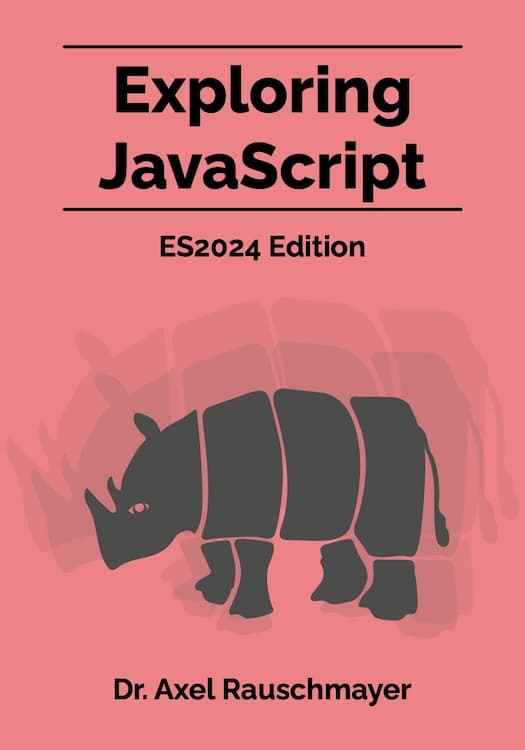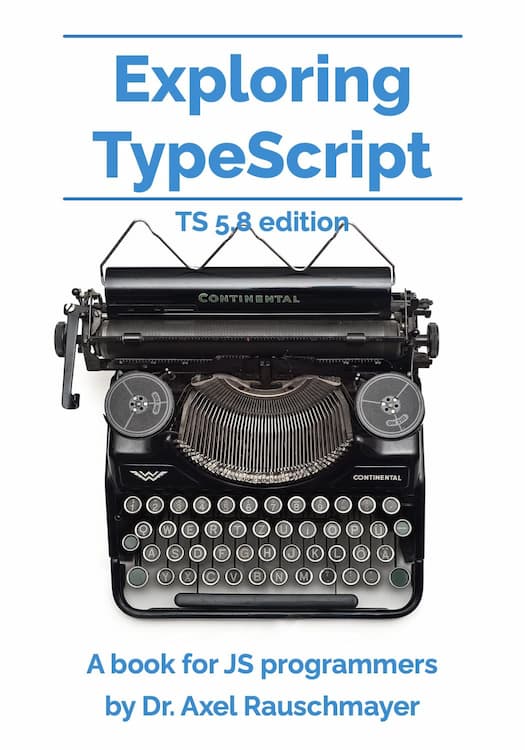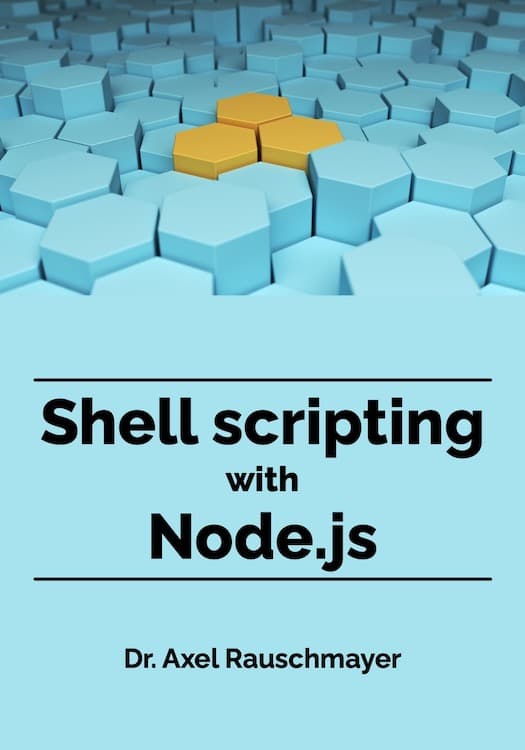JavaScript time values: dates as milliseconds since 1970-01-01
[2014-02-14] dev, javascript, jslang
(Ad, please don’t block)
This blog post explains how JavaScript dates are stored internally as time values, milliseconds since 1970-01-01.
What the date API calls time is called a time value by the ECMAScript specification. It is a primitive number that encodes a date as milliseconds since 1 January 1970 00:00:00 UTC. Each date object stores its state as a time value, in the internal property [[PrimitiveValue]] (the same property that instances of the wrapper constructors Boolean, Number, and String use to store their wrapped primitive values).
Warning: Leap seconds are ignored in time values.
The following methods work with time values:
- new Date(timeValue) uses a time value to create a date.
- Date.parse(dateTimeString) parses a string with a date time string and returns a time value.
- Date.now() returns the current date time as a time value.
- Date.UTC(year, month, date?, hours?, minutes?, seconds?, milliseconds?) interprets the parameters relative to UTC and returns a time value.
- Date.prototype.getTime() returns the time value stored in the receiver.
- Date.prototype.setTime(timeValue) changes the date as specified via a time value.
- Date.prototype.valueOf() returns the time value stored in the receiver. This method determines how dates are converted to primitives, as explained in the next subsection.
A few examples of converting dates to time values:
> new Date('1970-01-01').getTime()
0
> new Date('1970-01-02').getTime()
86400000
> new Date('1960-01-02').getTime()
-315532800000
The Date constructor enables you to convert times values to dates:
> new Date(0)
Date {Thu Jan 01 1970 01:00:00 GMT+0100 (CET)}
> new Date(24 * 60 * 60 * 1000) // 1 day in ms
Date {Fri Jan 02 1970 01:00:00 GMT+0100 (CET)}
> new Date(-315532800000)
Date {Sat Jan 02 1960 01:00:00 GMT+0100 (CET)}
Converting a Date to a Number
A date is converted to a number [2] via Date.prototype.valueOf(), which returns a time value. This allows you to compare dates: > new Date('1980-05-21') > new Date('1980-05-20')
true
You can also perform arithmetic, but beware that leap seconds are ignored:
> new Date('1980-05-21') - new Date('1980-05-20')
86400000





